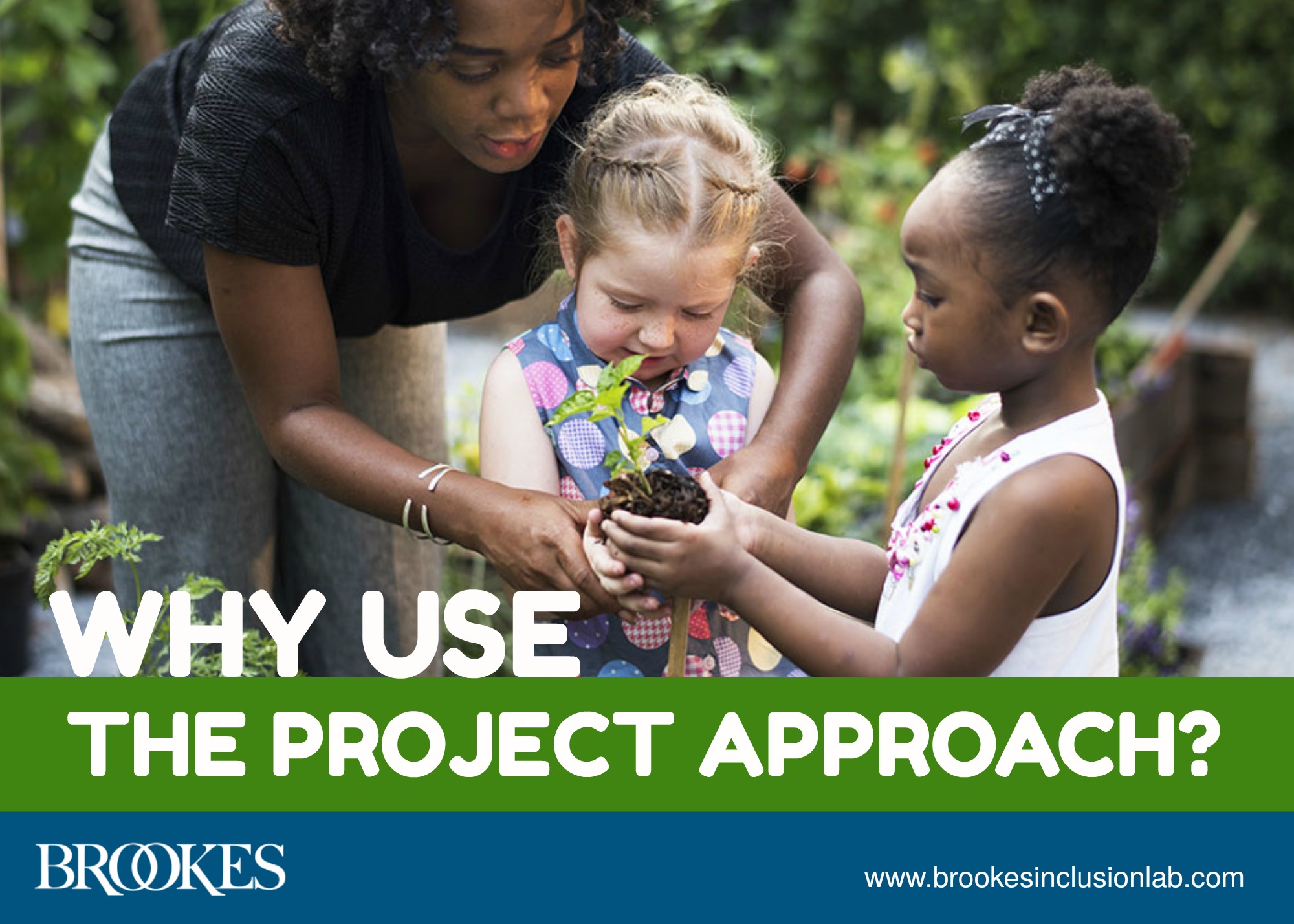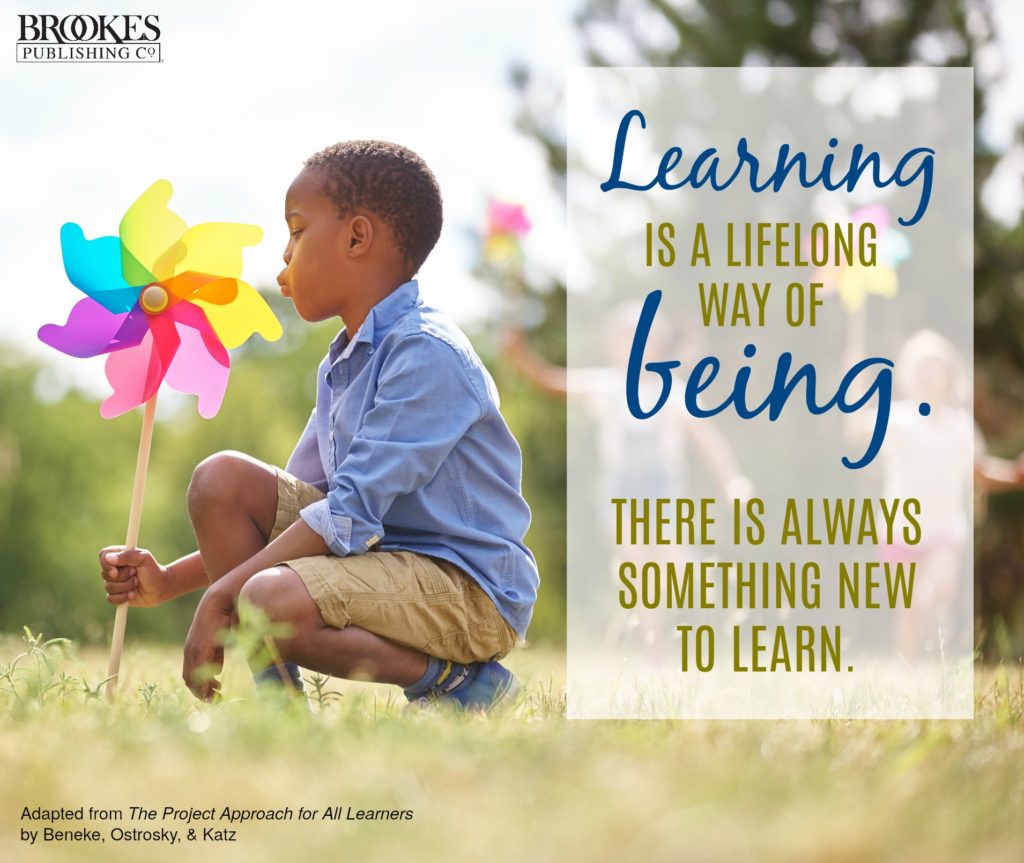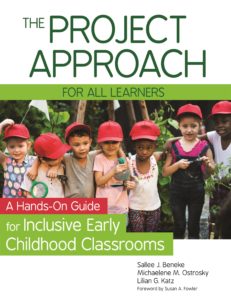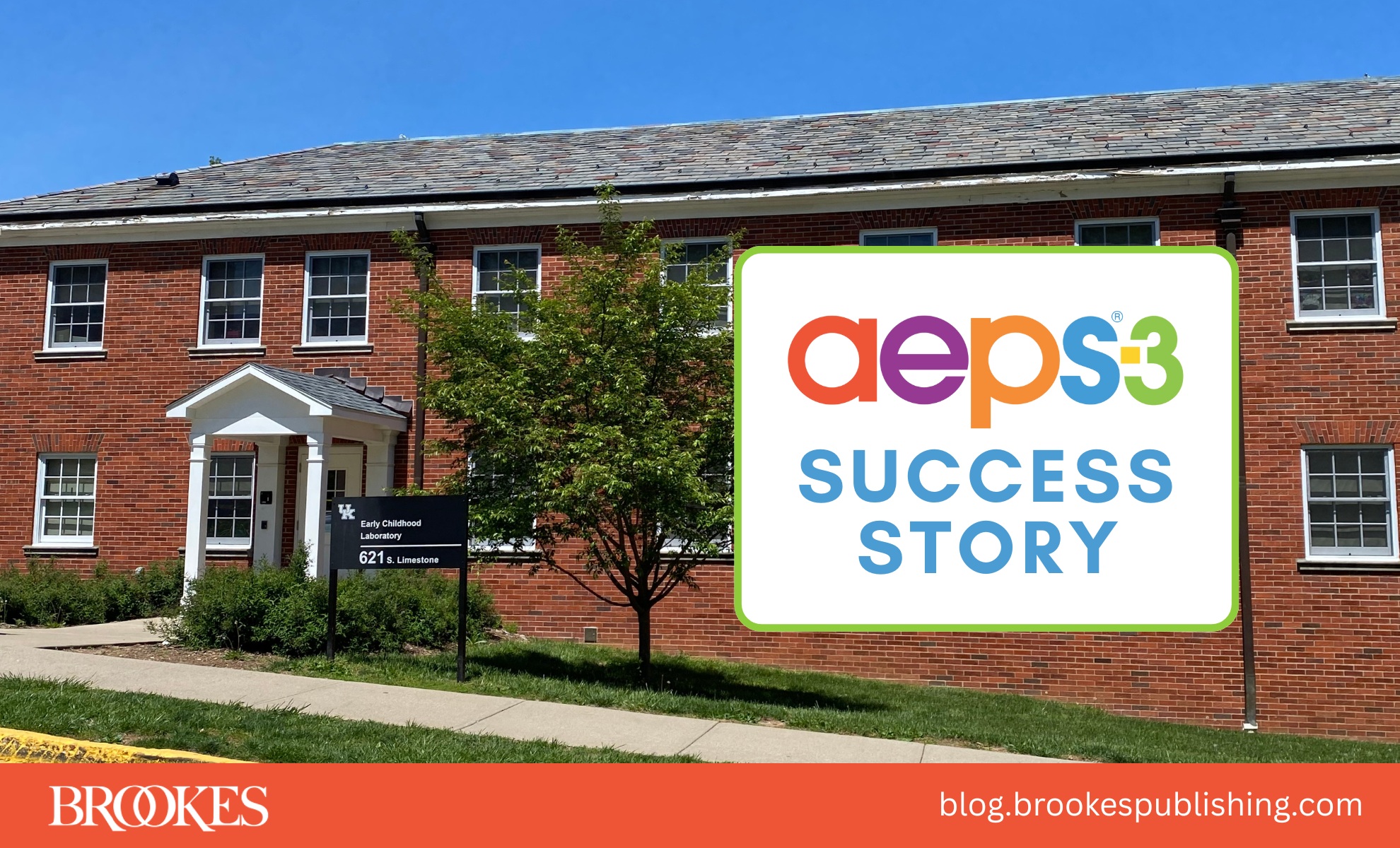9 Reasons to Use the Project Approach in Your Inclusive Early Childhood Classroom
September 11, 2018
Have you used project-based learning in your inclusive classroom? It’s an increasingly popular approach with lots of benefits for all kids. In today’s post, you’ll get a quick introduction to the Project Approach, plus nine reasons why project-based learning can help early childhood educators reach and teach every learner.
(Note: This post was excerpted and adapted from a new book called The Project Approach for All Learners, by Sallee J. Beneke, Michaelene M. Ostrosky, & Lilian G. Katz. Dr. Katz is an influential education leader who played a major role in bringing project work to the attention of teachers in the United States, and this book brings her innovative thinking—and the excellent work of her colleagues!–to a new generation of teachers.)
***
Young kids are brimming with natural curiosity—and the Project Approach makes the most of this trait by letting children conduct an in-depth study of a high-interest topic. By giving children hands-on experience with firsthand investigation and research, the Project Approach helps develop skills learners will use for the rest of their lives.
Here’s an example from the book that gives you a picture of how the Project Approach might work in a classroom:
A child might learn in a textbook that the bread he sees in the grocery store comes from the bakery. However, that does not mean that he understands how the bread comes from the bakery. In a project focused on the bakery, the teacher’s goal is to help children acquire not just knowledge about the bakery, but also an understanding of the many aspects of what goes on inside it. In such a project, the children might:
- Interview the baker
- Visit the bakery
- Sketch aspects of the bakery that catch their interest
- Observe the ingredients and watch them being mixed and then baked into loaves
- Notice the uniforms various bakery workers wear and what they do in their jobs
- Watch as the bread is loaded onto a truck for delivery to the grocery store
- Observe customers exchanging money for baked goods at the cash register
After discussing what they saw on their trip to the bakery, the teacher might invite the children to suggest what they would like to make to show what they learned on their trip. With the teacher’s support, the children might decide to construct their own bakery in the dramatic play area in their classroom, which could include a large oven constructed from cardboard boxes and other art materials, a check-out area with cash registers, and uniforms. With the teacher’s support, the children might also measure and mix ingredients, knead dough, and bake their own loaves of bread. Finally, they might dictate and illustrate a report that tells the story of a loaf of bread, and they might survey their families to find out where they buy their bread or what types of bread they buy.
If this vignette sounds exciting and you want to know more about the value of the Project Approach, here are nine reasons why it’s so effective in early childhood classrooms.
Works well with UDL
More and more educators are making the switch to a UDL approach, and it’s easy to see why: Instead of starting with a one-size-fits-all curriculum and then scrambling to make adjustments for individual learners, teachers who use UDL principles to plan their instruction can give all learners equal access to the curriculum from the beginning.
The Project Approach is a perfect fit with UDL. That’s because teachers plan projects that are based on the interests, knowledge, skills, and abilities of each child from the very beginning. And like UDL, the Project Approach helps kids use their strengths to participate at the level that best fits their abilities and interests through multiple means of engagement, multiple means of representation, and multiple means of action and expression.
Supports the needs of dual language learners
 The Project Approach helps with the following key strategies for supporting DLLs:
The Project Approach helps with the following key strategies for supporting DLLs:
- Knowing students’ families and their home contexts. Families can be consulted about children’s interests to help identify project topics, and they can act as a resource for developing culturally relevant projects. Long-term projects give you more opportunities to communicate with families on an ongoing basis. (An interpreter can help you maintain communication if parents don’t speak English.)
- Developing positive relationships with each child. Project work helps you form positive relationships with individual dual language learners, because projects aid in the development of socially and emotionally supportive classrooms.
- Teaching vocabulary words. Learning new vocabulary takes place naturally during project work, as children uncover new information about the chosen topic.
- Engaging in informal conversations. During project work, friendly, one-on-one conversations between teachers and students happen naturally. You’ll have many opportunities to talk to students about their ideas, experiences, and feelings related to the project topic.
Flexible for children with language delays
Project work can easily support the participation of nonverbal children and children with language delays in project work. For example, if you create a “project web” to help organize your work, you might include visual images so a child with language delays can point to something on the web when asked what they want to know more about. You can also put visuals on a choice board for the child to use or use small cards of images attached to a ring. Because project work is dynamic and hands-on, there are lots of ways to incorporate visuals and promote the participation of learners with limited verbal skills.
Increases engagement and motivation
 Authors of The Project Approach for All Learners conducted interviews with seven preschool teachers who attended professional development sessions on the Project Approach and implemented the approach in their classrooms. Teachers who participated believed the Project Approach effectively increased the interest, motivation, and attention span of diverse learners. Some of the teachers also reported that this increased engagement reduced the need for guidance techniques to manage students’ challenging behavior.
Authors of The Project Approach for All Learners conducted interviews with seven preschool teachers who attended professional development sessions on the Project Approach and implemented the approach in their classrooms. Teachers who participated believed the Project Approach effectively increased the interest, motivation, and attention span of diverse learners. Some of the teachers also reported that this increased engagement reduced the need for guidance techniques to manage students’ challenging behavior.
Boosts student confidence
Participating in project work can have a positive impact on children’s feelings about themselves as learners. Through their contributions to a project, children will likely feel that:
 their opinions and ideas are valued and respected by others
their opinions and ideas are valued and respected by others- they should value and respect the opinions and ideas of others, too
- they have something to offer to other children and to adults
- they have something to learn from other people
- their learning is a lifelong way of being, and there is always something new to learn
Helps students meet learning standards
Research has indicated that project work supports children in meeting grade-level learning standards—especially when students and teachers plan the project together and when teachers integrate the learning standards with the children’s natural interests. (See Chapter 1 of The Project Approach for All Learners for more information.)
Makes the most of each student’s individual strengths
During project work, learners will have many opportunities to participate and use their strengths. For example, if your class is collaborating on the construction of a combine:
- a child who has a language delay and loves to draw can do illustrations to communicate her ideas for how to construct the combine
- a child with an intellectual disability who loves art might volunteer to mix the blue and yellow paints to make the green paint used to paint the combine
- a child who is learning English and has strong social skills might discover opportunities to learn and practice new color names as he works in collaboration with the child mixing the paint
Helps you recognize and document student progress
 One of the biggest benefits of project work is that it provides you with a treasure trove of opportunities to observe what your learners understand—and what they still need to work on. Through the Project Approach, you’ll be a careful observer and documenter of your students’ growth so you can track changes in their understanding over time. As you document your students’ progress toward mastery of learning standards, you can expand your plans and create even more experiences that promote growth and development.
One of the biggest benefits of project work is that it provides you with a treasure trove of opportunities to observe what your learners understand—and what they still need to work on. Through the Project Approach, you’ll be a careful observer and documenter of your students’ growth so you can track changes in their understanding over time. As you document your students’ progress toward mastery of learning standards, you can expand your plans and create even more experiences that promote growth and development.
Works with your current classroom schedule
Busy educators might wonder how they’d fit the Project Approach into their schedule—and the good news is, it can be easily incorporated into an existing curriculum. Project work is usually woven into your daily schedule; for example, you can:
- introduce new materials or concepts during circle time
- give children chances to investigate or represent new understanding during choice time
- use class discussion time to encourage children to reflect on or summarize what they’ve learned
- look for opportunities to teach academic skills in numeracy, literacy, and social-emotional competence during project work
 As the authors of The Project Approach for All Learners emphasize, the ultimate goal of project work is to help all students “become curious, purposeful, thoughtful, collaborative learners.” If you’re interested in adopting this approach in your own classroom—or if you already use it and want some more ideas—we highly recommend checking out the guidebook. It gives you great case stories of successful projects from real inclusive classrooms, plus video clips, PowerPoint presentations, training materials, and an implementation checklist that helps you use the approach effectively. Try it and let us know how project-based learning works in your classroom!
As the authors of The Project Approach for All Learners emphasize, the ultimate goal of project work is to help all students “become curious, purposeful, thoughtful, collaborative learners.” If you’re interested in adopting this approach in your own classroom—or if you already use it and want some more ideas—we highly recommend checking out the guidebook. It gives you great case stories of successful projects from real inclusive classrooms, plus video clips, PowerPoint presentations, training materials, and an implementation checklist that helps you use the approach effectively. Try it and let us know how project-based learning works in your classroom!
REGISTER FOR THE WEBINAR
Learn more in a webinar, Inclusive ECE Classrooms and The Project Approach, presented by authors Sallee Beneke and Michaelene Ostrosky.
Date: Feb 20, 2019
Time: 2:00 PM ET




Write a Comment
Your email address will not be published. Required fields are marked *
Post a Comment